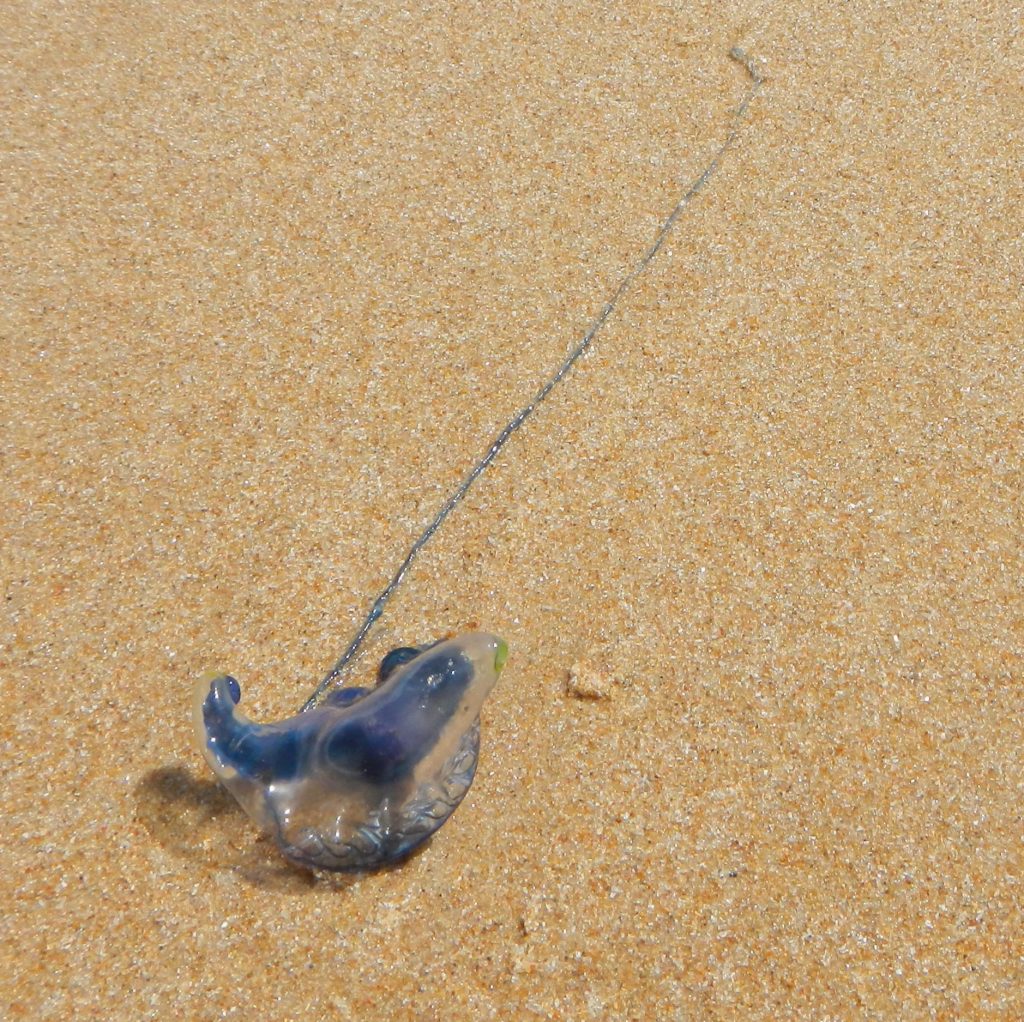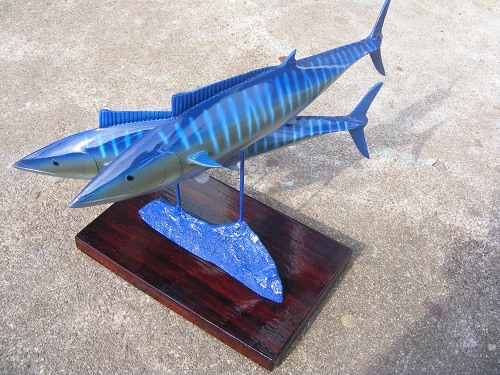Beware the bluebottle!
The Story
We were releasing a sailfish off the Umzimkulu one afternoon. The North Easter had been blowing for days and was finally stopped by a buster South Westerley – ideal conditions for a billfish on the dirty water line, especially in February.
Stepped over and into the engine well which is always full of water. Had a deep cut between two of my toes from an earlier incident that day – and a devillish bluebottle floated in and got its tentacles right into that cut. Right in. The initial searing sensation – which we alI have experienced hundreds of times, was nothing like anything I felt in the past. The poison had a marked advantage as the blue bottle injected its lethal payload of poision right into my raw flesh.
My lymph glands in my thigh started to swell with excruciating pain, and stupidly with my fingers I put pressure on the golf ball size gland – it seemed to burst and the poison entered the rest of me – searing pangs of pain right through my consciousness. Which I nearly lost a number of times.
6 Hours later and the pain finally subsided. There was just nothing to be done . Just crawled into the cabin and lay in asemi- paralysed state – unable to move or anything, until we got back in. Normally the pain only lasts 20 minutes, before it becomes barely an itch. Not this time!
Beware the (blue) bottle! They love this time of the year.

Bluebottles vs Portuguese man-o-war
The Portuguese man-o-war is a monster – with up to 30 cm long float sometimes, with numerous long stinging tentacles and one fully loaded main stinger. Lucky for us, we don’t get them in our waters. These guys really leave you with problems. The stings open into wounds like welts and all sorts of complications can, and do arise.
Our Bluebottle is much smaller and more friendly, normally an inch or two, but up to 15 cms sometimes. Their single stinging tentacle is proportionately longer – the bigger the bluebottle. And fortunately, the sting is a lot less severe.
They both shoot tiny hooks into your skin which unfold and squirt the poison into you, with no chance of stopping it, once it has found its mark.



